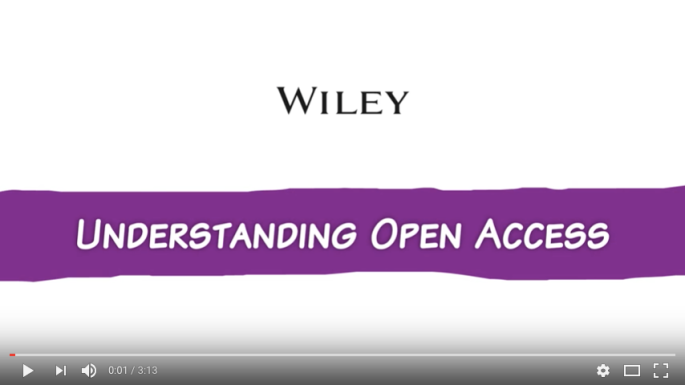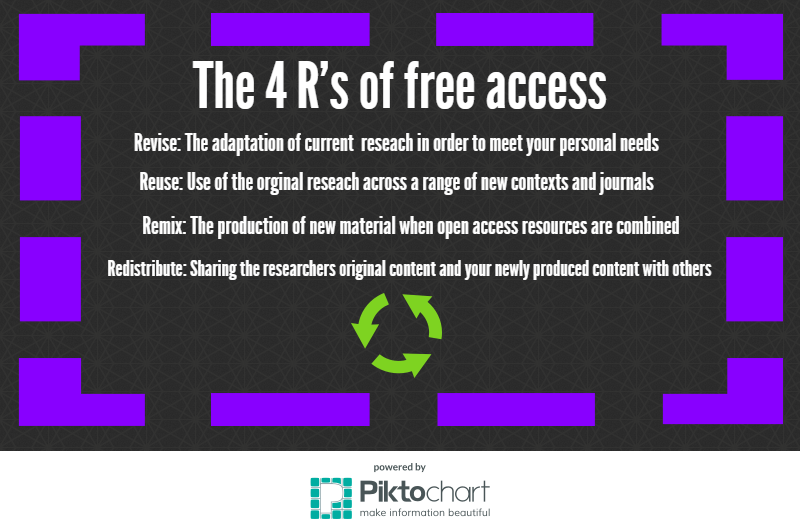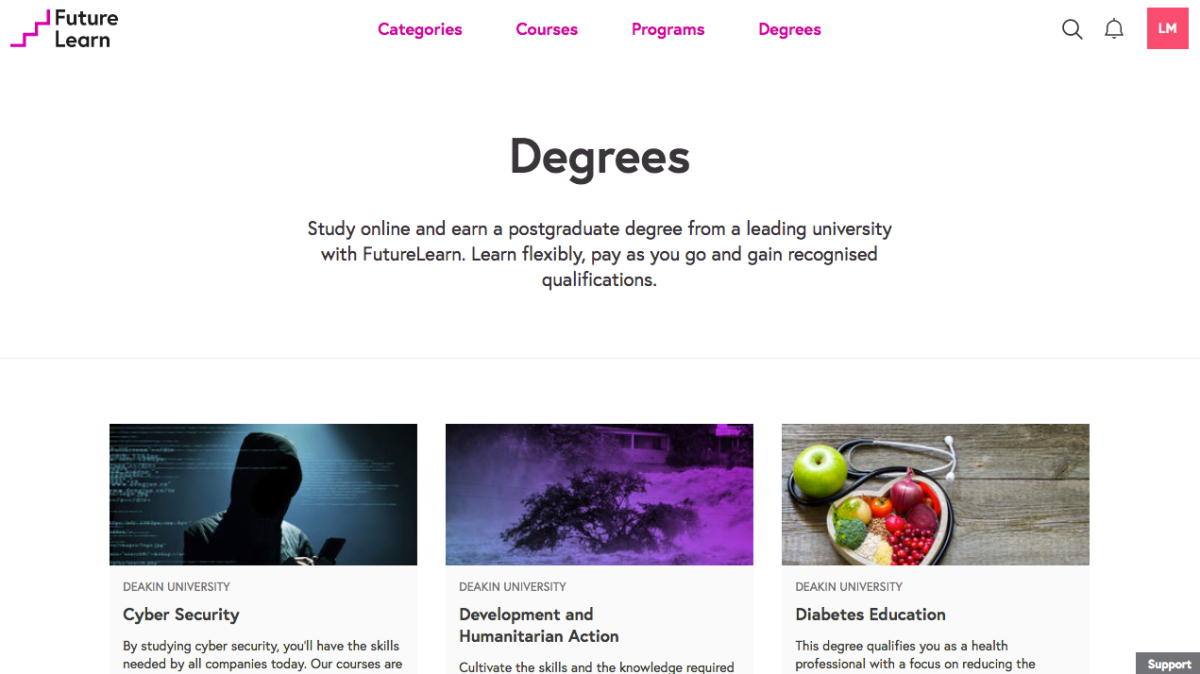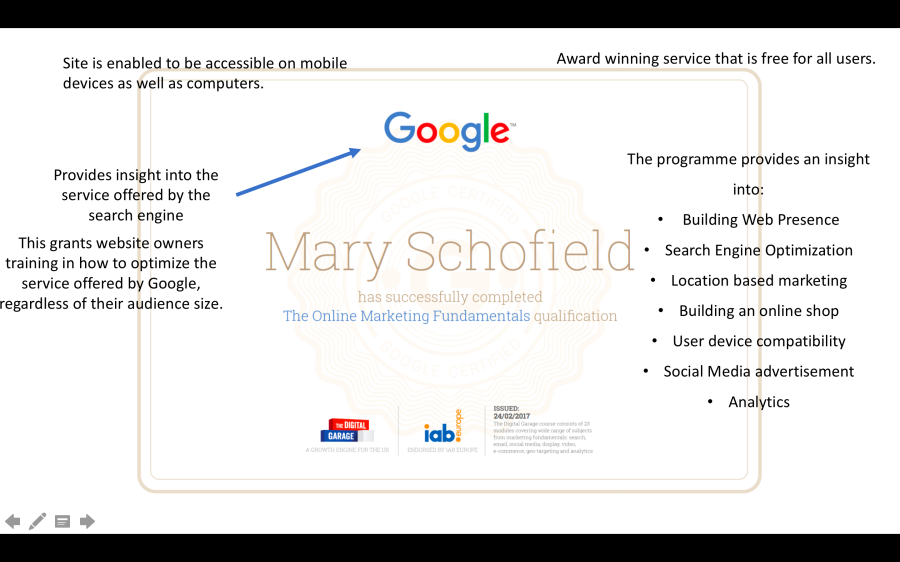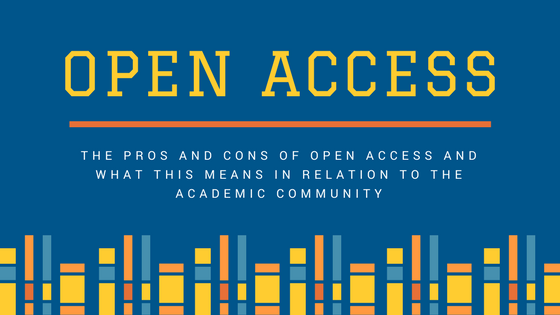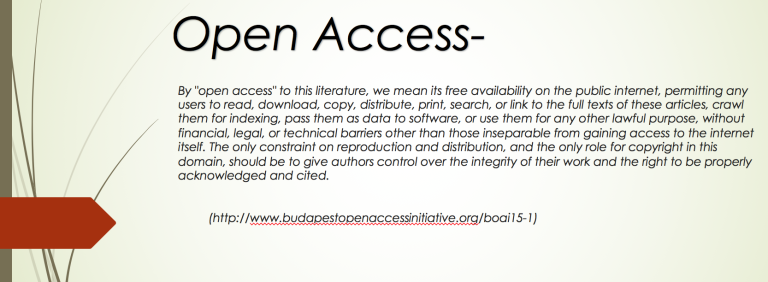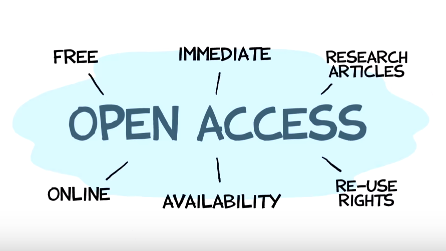
Topic 5: Sharing Knowledge Openly Online
Nowadays, most people understand that the internet is revolutionary as it decreases the need for space, facilitating the death of geography (although disputed)
Nowhere is this more apparent than with knowledge. But, is sharing knowledge as content openly and freely online beneficial or harmful to the sharer?
Open access involves the following:
^(Photo sourced from here)
Education is all about sharing your knowledge with others so they can develop theirs.
Continue reading →


